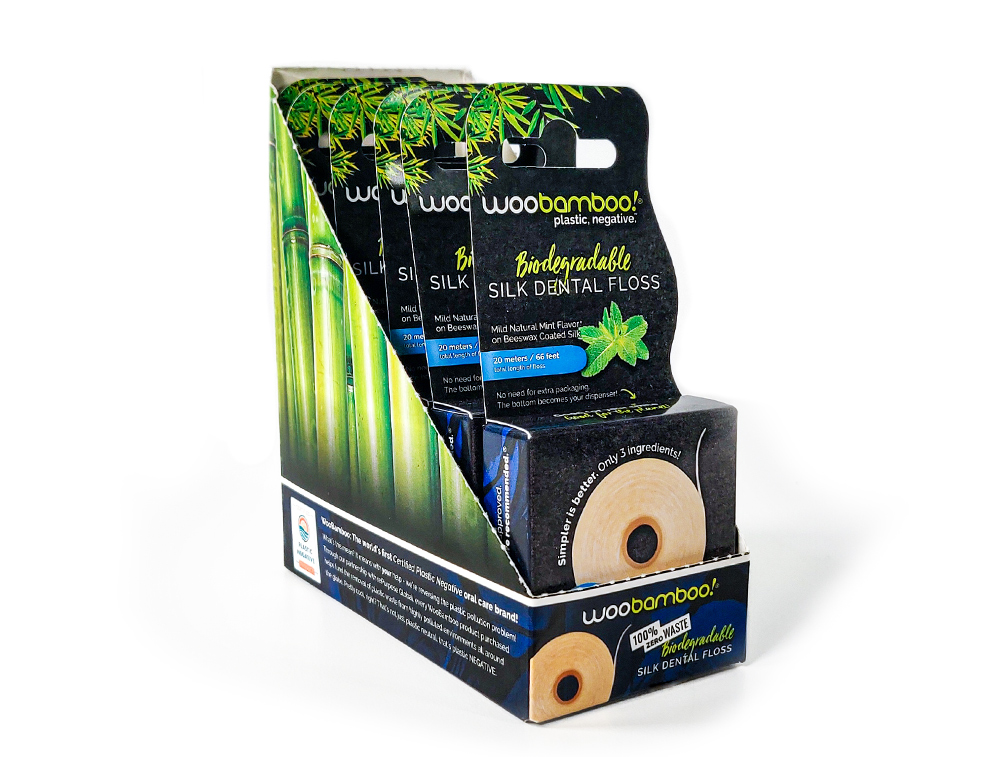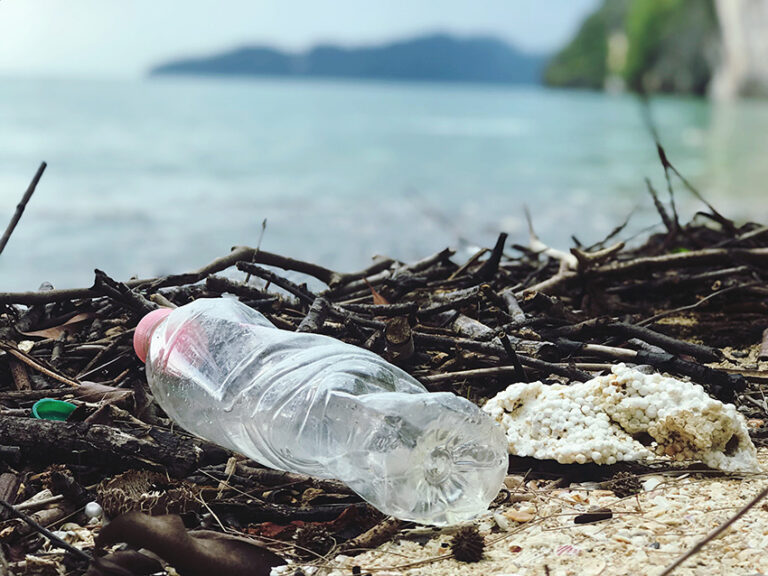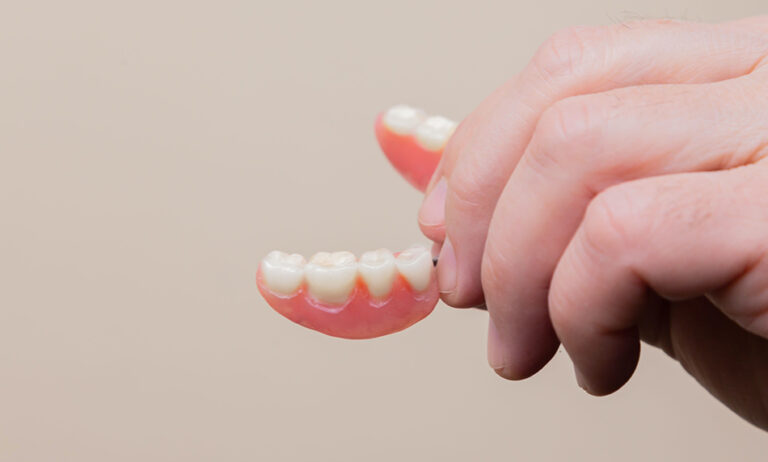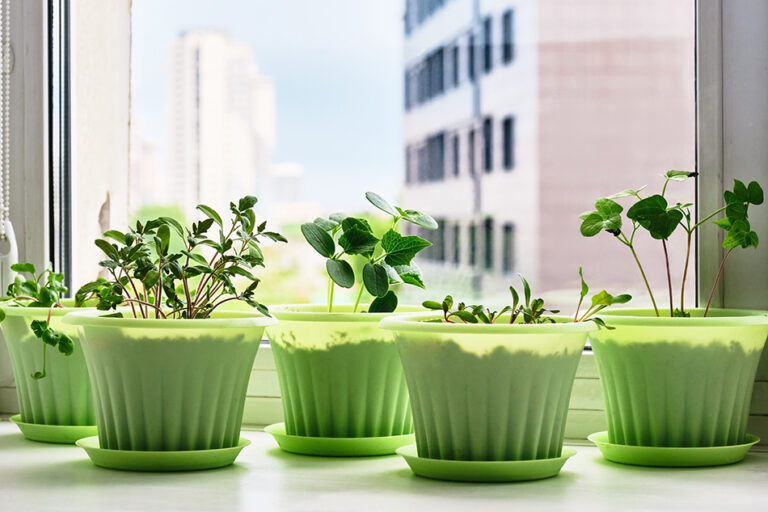A water flosser is a device that can be used to clean between and around your teeth. Dentists refer to this practice as oral irrigation, and there are numerous brands out there that tout their effectiveness. Are water flossers really comparable to flossing? Is oral irrigation good at removing plaque and tartar? The evidence seems to suggest that these tools aren’t quite as effective as many people have been led to believe.
The Truth about Water Flossing
The American Dental Association (ADA) has given water flossers its seal of approval and said they are effective at removing plaque, which would seem to indicate that these products are quite effective at keeping teeth clean. It’s important to note that while these devices certainly can have a useful place in your at-home oral care routine, they do not take the place of flossing or interdental brushing – and many people have been led to believe otherwise.
Water flossing is ideal for individuals who lack the manual dexterity required to floss thoroughly as well as for people who have certain types of orthodontics that make it difficult to use standard dental floss. Otherwise, traditional dental floss – and even interdental brushes – can do a better job of removing the buildup of plaque and tartar on the teeth and around the gums. Furthermore, water flossers are often fitted with disposable plastic heads – one for each user – and this adds to the plastic crisis around the world.
Why Flossing isn’t Always the Best Option
When it comes right down to it, flossing truly is the best method for removing buildup from the teeth, but it isn’t always the most feasible option. When a good biodegradable dental floss is used 100% correctly on every exposed surface of the tooth, it’s incomparable. The trouble is that flossing can be difficult, especially for individuals who lack the proper dexterity or eyesight, so many don’t do a very good job – if they even try at all. It’s the same for children, who often battle with their parents when it’s time for their daily flossing. When compared to not flossing, oral irrigation is better for everyone, but there’s a solution that you may not have considered: interdental brushing.
An interdental brush can be described as a toothpick-like device with a brush on the end that is designed to fit into tiny crevices between the teeth to gently remove plaque and tartar buildup. Studies have shown that they are more effective than flossing because they are tougher than dental floss, much easier to use, and designed to bend and flex to fit everyone’s unique needs. They’re small enough that you can even carry them in your pocket, and WooBamboo’s interdental brushes come with caps that allow them to be reused when you’re away from home. Better still, they’re made with sustainable bamboo, so they’re good for your teeth and for the environment.
If you’re using a water flosser, it isn’t completely ineffective, and researchers have found that they can help to reduce the risk of gingivitis when they are used correctly. However, they aren’t a complete solution on their own. Now is the time to supplement it with either traditional dental floss or interdental brushes to ensure that you are truly removing the plaque and tartar from your teeth.






